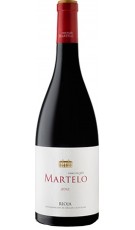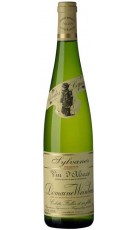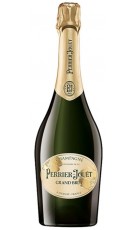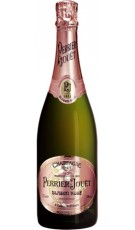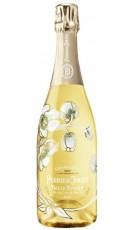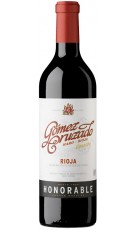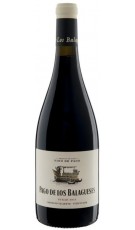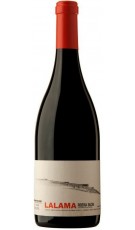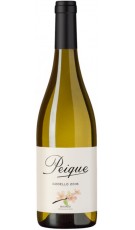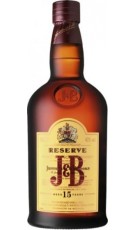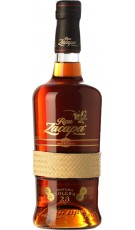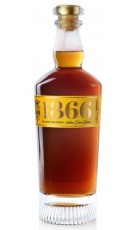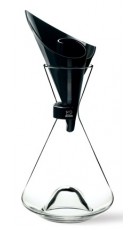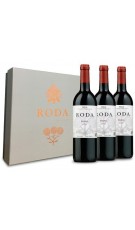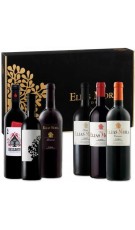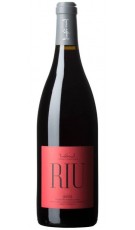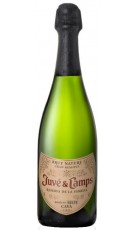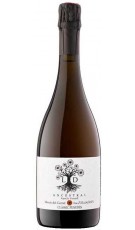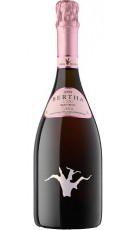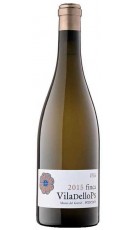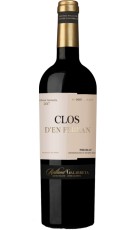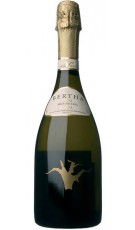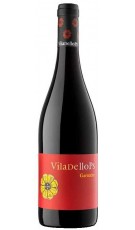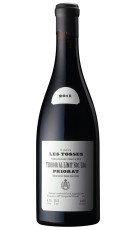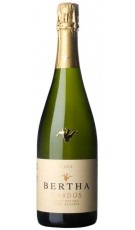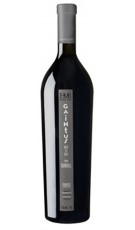
Cataluña There are 262 products.
La vid y el vino fueron introducidos por los griego en el área del Ampurdán. En época de los romanos se desarrolló el comercio de los vinos del Campo de Tarragona y de Alella, en los alrededores de Tarraco y Barcino. Durante el siglo XVIII se extendió la exporta...
Catalog
-
L'Infernal Riu 2018
Red Wine.L’infernal / Torroja del PrioratPrioratRed Wine made in stainless steel vats with controlled temperature, extraction by manual punching, maceration of 10-15 days with a single daily pigeage.
-
Juvé & Camps Reserva...
Gran Reserva Brut Nature Cava.JUVÉ & CAMPSCavaInitially intended for the exclusive consumption of the Juvé family, Reserva de la Familia is the best-selling Cava Brut Nature Gran Reserva in the world. Tremendously seductive; fresh,...
In stock -
Finca Viladellops LD...
Sparklig WineFINCA VILADELLOPSPenedésFinca Viladellops surprises us with a wine that returns to its roots, a selection in the vineyard and a selection table of the best red xarel lo for the production of this sparkling wine using the...
-
Bertha Siglo XXI Brut Rosé...
Cava.BHERTA CAVACavaComplex and well-structured rosé cava, produced using the traditional method. Maceration in Cuba for 12 hours. Pinot noir.
-
Finca Viladellops Xarel·lo...
White WineFINCA VILADELLOPSPenedésFinca Viladellops Xarel·lo is the winery's most representative wine with respect to whites. We are dealing with a Xarel lo monovarietal, from a selection of the best grapes from our oldest...
-
Rolland Galarreta Clos D'en...
Red Wine.R&G ROLLAND GALARRETAPrioratThe soil of the Clos d'en Ferran plot is rich in Devonian iron slate. It is the oldest rock that can be found in the D.O.Ca Priorat (400 million years). This rock contains a lot of quartz or...
-
Bertha Siglo XXI 2009
Cava.BHERTA CAVACavaComplex and well-structured white cava. Elaboration of the base wine by variety, chardonnay made with film maceration, traditional method.
-
Viladellops Garnatxa 2020
Red WineFINCA VILADELLOPSPenedésThis wine is made from the youngest Grenache vines in Viladellops. All the work in the vineyard is the same as that done for other Viladellops wines. The different plots are vinified with very...
-
Terroir al Límit Les Tosses...
Red Wine.TERROIR AL LÍMITPrioratTerroir Al Limit collection. It is the Matterhorn of winemaking, a challenge that must be attempted simply because it is there: 80-year-old carignan vines, steep black slate slopes, blazing...
-
Cava Bertha Brut Nature...
Cava.BHERTA CAVACavaFresh, aromatic and lively cava. Expedition liqueur is completely natural. They do not add any aged, rancid, barrel-aged wine, or any type of brandy. In bottle aging is where they get the complex...
-
Gaintus Vertical 2014
Red Wine CrianzaHERETAT MONTRUBÍPenedésRed Wine Crianza, 14 months in french oak barrels
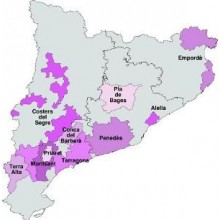
La vid y el vino fueron introducidos por los griego en el área del Ampurdán. En época de los romanos se desarrolló el comercio de los vinos del Campo de Tarragona y de Alella, en los alrededores de Tarraco y Barcino. Durante el siglo XVIII se extendió la exportación. De una parte se exportaba el vino del Ampurdán al Languedoc, y por otra parte se estimuló el cultivo de las comarcas litorales y prelitorales por la exportación a América como vino concentrado en aguardiente. Desde Villanueva y Geltrú se exportaba la producción del Penedés, desde Salou la producción del Baix Camp y del Priorato, y en menor medida desde los puertos de Rosas, Begur, Mataró, Barcelona y Tarragona. A partir del 1865, con la irrupción de la filoxera en Francia, todos los puertos orientaron la exportación al Languedoc y Provenza para atender la gran demanda francesa. Entre los años 1878 y 1900 la filoxera acabó destruyendo toda la viña de Cataluña. La replantación comportó un cambio, pasando la producción máxima del Bages al Penedès, y provocando el despoblamiento del Priorat. La replantación de cepas blancas favoreció el desarrollo del cava. Se crearon las primeras cooperativas vinícolas en Alella, Igualada y Artés, impulsadas por la Mancomunidad de Cataluña. Coincidiendo con el modernismo se construyeron grandes "cellers cooperatius" (bodegas cooperativas), denominados "catedrales del vino", en Barberà de la Conca, Espluga de Francolí, Falset, etc. En Raimat se produjo una experiencia inédita en Europa.

(+34) 91 129 11 11
(+34) 638 458 218
- Brandy
- Cognac
- Gin Premium
- Ron
- Whisky
- Denomination of Origin
- Winery



